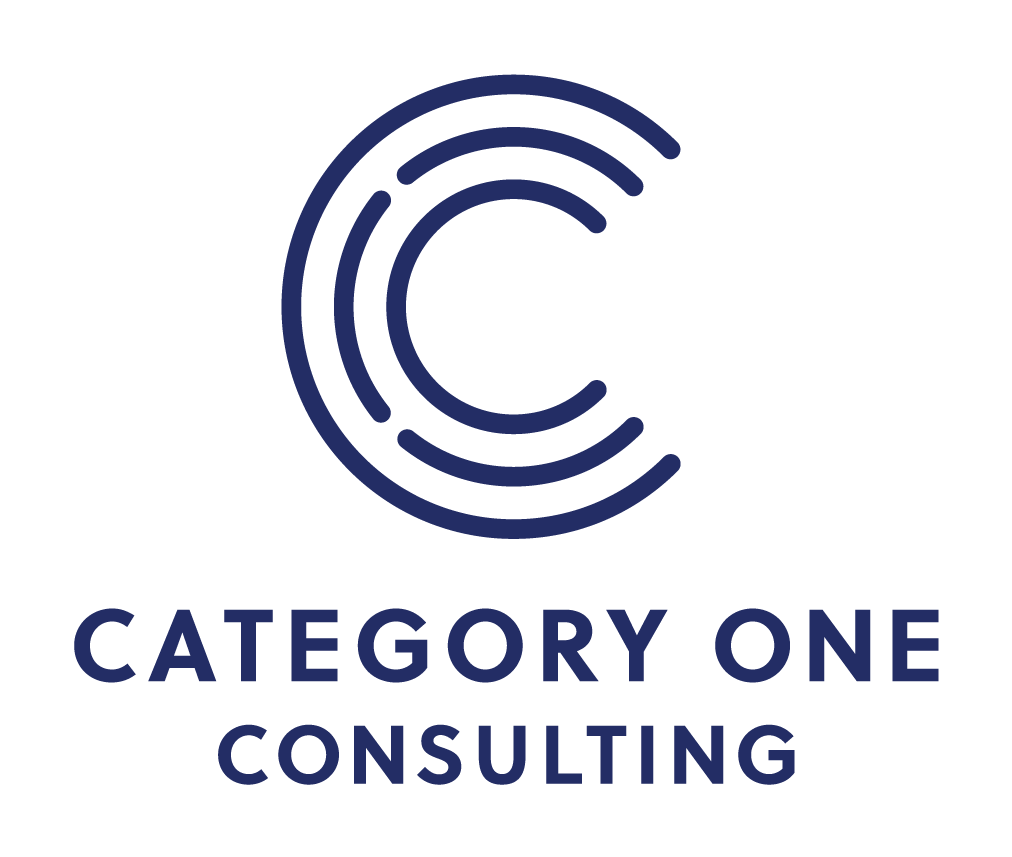Smarter Design, Happier Users: Four Ways You Can Use Cognitive Science to Improve Your Data Systems
Electronic information systems are digital systems used by organizations to collect and manage data critical to their operations. For example, healthcare providers - including hospitals, clinics, and behavioral health organizations - increasingly replace paper records with Electronic Health Records (EHRs), which offer powerful tools for tracking medical histories, documenting care, coordinating treatment, and analyzing data. Information systems can improve efficiency, enhance client care, and can provide access to a wealth of data to demonstrate successes.
Throwing too much information at people all at once or asking them to track too many different things can make a task harder than it needs to be.
However, information systems also require considerable investments of time and money for training and maintenance, yet users all too often complain that the software and data entry add complexity and frustration to already demanding jobs. This complaint is especially common when interfaces are designed without regard for our minds' processing power, attention, and memory. Throwing too much information at people all at once or asking them to track too many different things can make a task harder than it needs to be. Fortunately, some of this burden can be reduced with a few lessons from cognitive science.
Optimize the Visual Layout for Clarity. First, look at the visual appearance of the interface and forms that users will interact with. Does the screen look cluttered? "Clutter" in this case means more than just how much is shown on the screen. Our minds are constantly working to make sense of the world and to organize information into a meaningful structure. A well laid out user interface should work with the user to make sense of the on-screen information and might show dozens of pieces of information but still feel consumable. To distinguish an information-dense interface from a merely cluttered one, consider whether there is a logical ordering to the information on the screen and to the way users would navigate the system. On-screen elements with similar meanings or purposes should be grouped together. For example, pieces of information about a specific client should be positioned close to each other, not separated by unrelated elements such as a navigation button or a list of the client's family members.
Minimize Disruptions to Workflow. Next, consider any ways that the software itself might interrupt the user’s workflow. An EHR might interrupt work with popup alert messages intended to give helpful feedback, reminders about upcoming appointments, or messages from other users. Research suggests that people may take around 15 minutes on average to get back to their peak efficiency after even a few seconds' interruption to their work, which can add up to more mistakes, more time spent correcting records, and less timely documentation. It is important to consider whether the user really needs to stop working to read and respond to every message. Some messages may require an immediate response, such as an alert to an imminent safety concern or notice that the user is at risk of being late to an appointment. Otherwise, the software should route messages to an inbox and display an unobtrusive notification so the user can check messages between tasks.
Simplify Processes & Reduce Repetitive Tasks. Once we have managed the software's interface, we can work on making the actual work of entering, retrieving, and maintaining high-quality data as easy as possible. Adopting an electronic information system offers an opportunity for the computer to handle some repetitive tasks for the user. For example, many EHRs provide the ability to reference information inside a client’s record on demand, so commonly used pieces of information, such as client names or insurance information, only need to be entered once. The software can then look up that information to use anytime, reducing double entry. Some tasks are repetitive, difficult for a person to do, and relatively easy for a computer to handle; these are prime candidates to delegate to the software. For example, as part of a health screening, staff may collect and record the client's height, weight, and body mass index (BMI). A person's BMI is based on height and weight, but the formula can be difficult for a person to calculate mentally. Fortunately, many EHRs can be set up to handle operations like converting measurement units, calculating metrics, and even applying interpretations to total scores on assessments faster and more accurately than most people. Many platforms can also be set up to check for common errors in documentation such as missing information or unlikely values and to prompt users to correct these issues before moving on.
Teach Strategies for Navigation. Finally, once we have completed our review of the user interface and workflows, we will likely have a perspective not only about how specific tasks are done in the software, but also about similarities between different tasks and processes. Having consistent steps in place to complete tasks helps users master those tasks by allowing them to effectively re-use what they learned previously. There may be a screen or menu in the system that can serve as an effective launch point for multiple tasks or a reusable pattern to open a record, add or update information, then finalize the record. Although these patterns may seem obvious in retrospect, new users often focus so much on specific, concrete details of the processes they are learning that they do not have the mental processing capacity to identify these strategies for themselves. Explicitly teaching these strategies eases the learning process and reduces frustration as the user feels more and more capable of effectively using the software.
Each of these recommendations should be considered according to what will most effectively free up staff time and mental energy to work with clients, rather than making the information system become the primary focus of their work. If you have any questions or need support in implementing any of these strategies at your organization, feel free to reach out!

